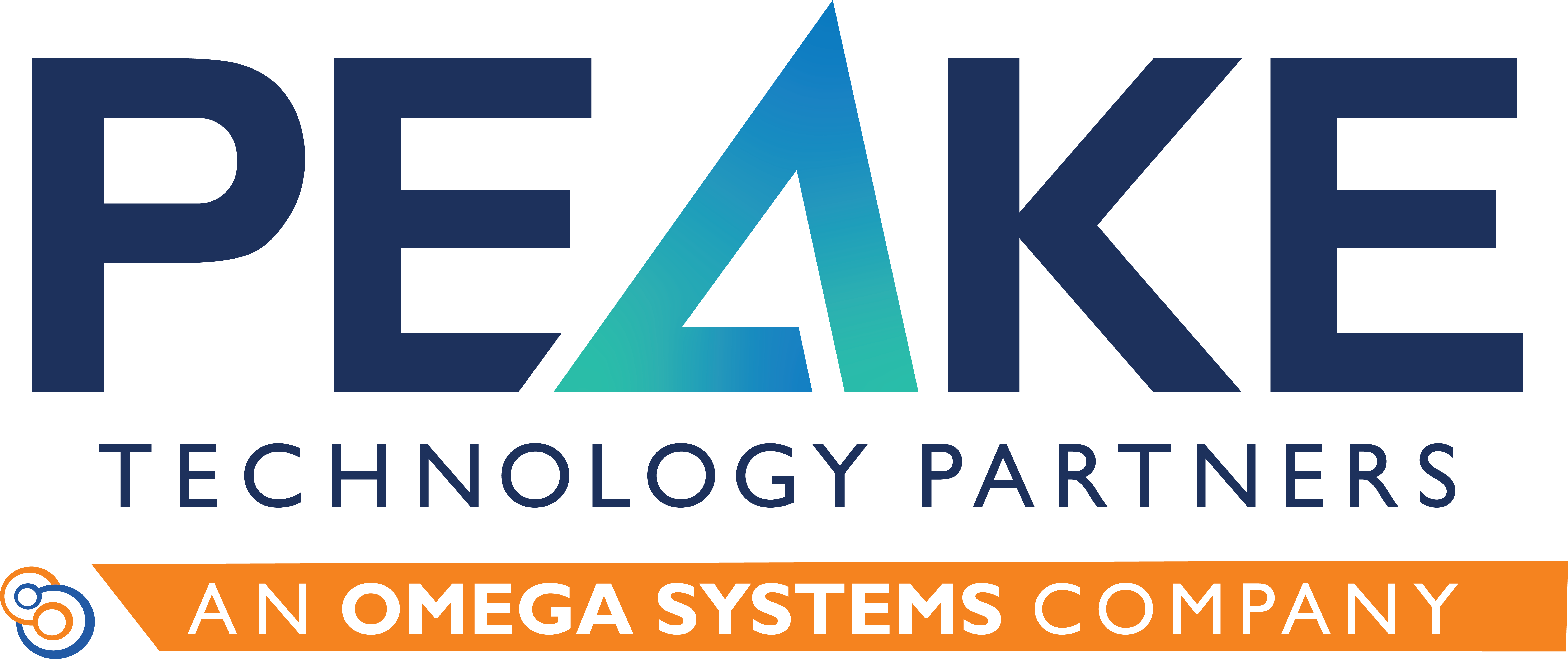In healthcare IT, security risk assessments (SRAs) are vital for ensuring the protection of sensitive patient data and maintaining compliance with industry regulations.
However, many organizations wonder if these assessments can be a do-it-yourself (DIY) endeavor or if relying on professional services is wiser.
This critical decision carries significant implications, as the process involves navigating a complex landscape of evolving threats, regulatory requirements, and technological advancements.
At PEAKE Technology Partners, we aim to provide healthcare organizations with insights to effectively make informed decisions about managing their security risk assessment processes.
This blog delves into the basics and intricacies of conducting DIY assessments in the healthcare sector. Get the guidance to navigate this crucial aspect of healthcare IT with confidence and clarity.
What is a HIPAA security risk assessment?

A HIPAA security risk assessment is a critical process for healthcare organizations, required under the Health Insurance Portability and Accountability Act (HIPAA). It thoroughly evaluates the potential risks and vulnerabilities to a healthcare organization’s electronic protected health information (ePHI).
The core objective of this assessment is to ensure that adequate safeguards are in place to protect patient information from various threats and to maintain compliance with HIPAA regulations.
Conducting this security risk assessment is more than a regulatory requirement for healthcare organizations. It’s a foundational practice to safeguard patient data and maintain trust.
The assessment process typically includes identifying where the ePHI is stored, received, maintained, or transmitted. It also involves evaluating current security measures, determining the likelihood and potential impact of threats to ePHI, and identifying areas where security measures need strengthening.
Healthcare providers can prioritize risks and address them systematically by conducting a security risk analysis. This proactive approach is essential for protecting sensitive health information from cyber threats, unauthorized access, and other vulnerabilities that could compromise patient confidentiality and care quality.
Why is risk identification important?
We cannot overstate the importance of accurately identifying risks in healthcare IT—here’s why:
1. Accurate risk identification is essential for HIPAA compliance.
Healthcare organizations are mandated to protect patient information. Failing to identify risks accurately can lead to non-compliance, resulting in legal penalties and reputation loss.
A comprehensive security risk assessment involves identifying obvious risks and uncovering hidden or less apparent ones that could compromise the integrity, confidentiality, and availability of electronic protected health information (ePHI).
2. Correctly identifying risks leads to the development of better protection strategies.
By understanding the full spectrum of potential risks—whether they stem from cyber threats, internal vulnerabilities, or system inefficiencies—healthcare organizations can implement targeted measures to mitigate these risks.
This approach is far more effective than generic, one-size-fits-all security strategies that may not address specific vulnerabilities of an organization.
3. Ongoing risk analysis is crucial in the dynamic field of healthcare IT, where technology and threat landscapes evolve rapidly.
Regularly identifying and assessing new risks ensures that security measures remain robust and relevant.
It also helps prioritize security investments, guaranteeing that resources are allocated effectively to areas of highest risk.
4. Effective risk identification helps foster a culture of security within healthcare organizations.
When risks are identified and addressed systematically, it reinforces the importance of security at all organizational levels.
It empowers employees to be part of the solution, promoting awareness and vigilance against potential security breaches.
Without accurate risk identification, healthcare organizations could face significant vulnerabilities, potentially leading to severe consequences for the organization and its patients.
Common Mistakes in DIY Security Risk Assessments

If you attempt an SRA on your own, especially in healthcare IT, you will face challenges.
Many underestimate the intricacies of these assessments, leading them to encounter errors that compromise the assessment’s effectiveness and pose severe risks to data security and compliance.
Doing it yourself may not be the best approach. The following common mistakes underscore the need for a more cautious and informed strategy.
1. Underestimating the Complexity of the Environment
One significant error in conducting security risk assessments is underestimating the complexity of the IT environment in healthcare settings.
With various interconnected systems and devices, the environment is often more intricate than people realize. This complexity can lead to oversight of potential vulnerabilities, especially when assessments aren’t thorough.
A detailed approach, accounting for all aspects of the IT infrastructure, is crucial to uncover hidden risks and ensure comprehensive protection.
2. Not Considering the Full Range of Threats
Another critical mistake is failing to consider the full range of potential threats.
Security threats in healthcare IT aren’t limited to external cyber-attacks. They can also include internal threats, system failures, and data breaches due to human error.
An effective security risk assessment should encompass a broad spectrum of external and internal threats to identify and address all potential vulnerabilities.
3. Neglecting the Human Element in Security Risk Assessments
Risk assessments often focus heavily on technological aspects, neglecting the human element.
Human error or insider threats can pose significant risks to healthcare IT security. Training and awareness programs are essential to mitigate these risks, and assessments should include evaluating the effectiveness of these programs.
4. Challenges in Accurately Assessing Risks
Humans are inherently bad at accurately assessing risks. The subjective nature of human judgment can lead to inconsistent or inaccurate risk evaluations.
This subjectivity can be compounded by cognitive biases, leading to underestimating or overestimating certain risks. Adopting an objective, systematic approach to risk assessment is vital in overcoming these challenges.
Tools and methodologies that minimize subjectivity can provide a more accurate representation of the security profile and help make informed decisions.
In light of these common mistakes, a DIY approach to security risk assessments may not be as straightforward or reliable as one might hope. The nuances and complexities involved often require a depth of expertise and objectivity that can be challenging to achieve in-house.
Without the right tools and experience, organizations risk an inaccurate assessment of their security profile and the potential for significant oversights that could leave patient data and compliance at risk.
Rather than attempt an in-house assessment, healthcare organizations can significantly benefit from professional guidance. External resources can better guarantee a thorough and effective evaluation.
The Importance of Updated Tools and Approaches

Healthcare IT is a fast-paced and complex world where using the latest tools and approaches is crucial. Keeping up with the latest security practices can be challenging for healthcare organizations, with their focus divided between numerous operational responsibilities and patient care.
Professional SRA services are well-versed in the latest updates of risk assessment tools and continuously monitor changes in the risk assessment landscape. This dual approach of leveraging advanced tools while tapping into professional expertise guarantees that healthcare organizations stay ahead in identifying and mitigating potential security risks.
Given this reality, it may make more sense to entrust risk assessments to professional services, whose sole focus is to navigate these complexities and provide comprehensive security solutions. Let’s take a closer look at how updated tools can enhance these assessments and the role of professional services in mitigating common problems.
Leveraging Updated SRA Tool Features
The latest enhancements in the Security Risk Assessment tool are designed to streamline the assessment process, making it more efficient and comprehensive.
Features like the new remediation report, updated glossary, and integration of the 2023 Health Industry Cybersecurity Practices provide valuable resources for those undertaking DIY assessments.
However, understanding and utilizing these features to their fullest potential often requires a level of expertise that goes beyond the tool itself.
The Role of Professional Services
Professional SRA services bring critical expertise and insight into the risk assessment process. Experts are familiar with the tool’s functionalities and profoundly understand the broader context and evolving threats in healthcare IT.
For instance, at PEAKE, our sole focus is on healthcare IT. Our experience allows us to interpret tool outputs accurately, identify subtleties that might be overlooked, and provide strategic recommendations tailored to each organization's specific needs and challenges.
Continuous Monitoring and Adaptation
The landscape of IT security is dynamic, with new threats and vulnerabilities emerging regularly. Professional services are adept at keeping pace with these changes, ensuring that their risk assessments are based on the most current information and practices.
This continuous monitoring and adaptation is crucial for maintaining an up-to-date security posture in a sector as critical as healthcare.
While updated SRA tools offer significant advantages, their efficacy is greatly enhanced when paired with the expertise of professional services. This combination ensures a comprehensive understanding of the tools' features and an in-depth, current perspective on risk management.
Professional SRA Services: Enhance In-House Efforts with PEAKE

At PEAKE, we understand that while many healthcare organizations attempt in-house security risk assessments, IT security's complexity and ever-changing nature can make this a daunting task.
We design our professional SRA services to complement and enhance in-house efforts significantly. We bring a depth of expertise and an objective viewpoint, often challenging for organizations to achieve internally.
Our team, equipped with the latest knowledge and tools, conducts thorough assessments to ensure no critical aspect is overlooked. We provide a level of assurance that internal teams alone might find difficult to achieve.
Don't let the complexities of security risk assessments hold back your organization. Contact us today to discover how our professional services can enhance your efforts and bring you peace of mind.
Whether you have specific questions, need guidance on the latest SRA tools, or are looking for comprehensive assessment services, we're here to help and to be your true partner in healthcare IT.



